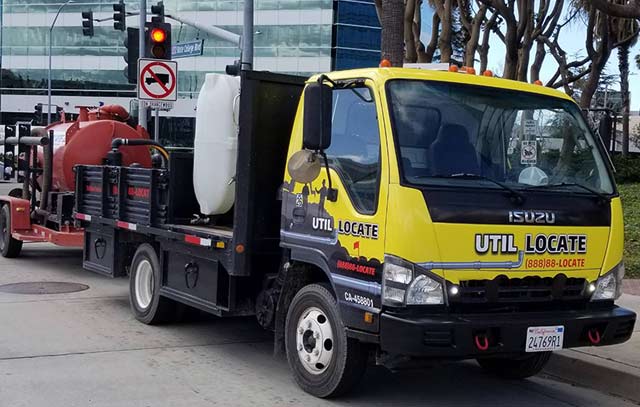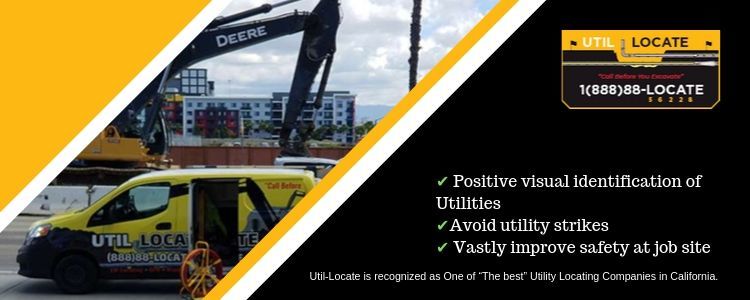Underground utilities are particularly susceptible to damage, especially when worked upon in more traditional ways such as manual digging and using a backhoe.
Manual Digging is the most labor-intensive method of exposing underground utilities, requiring significant worker numbers to accomplish the job. This kind of work can also take days to complete, requiring both the removal and replacement of soil, meaning that projects can fall behind schedule. Another significant risk encountered when manually digging is that hand tools can come into contact with electrical wiring beneath the surface, which can pose a significant threat to human life, causing either severe injury or even death. Due to these reasons, other modern methods have become more commonly used.
A backhoe requires the use of machinery in order to dig up the ground and expose buried underground utilities. This piece of machinery has a large bucket which digs into the ground, in much the same way as a hand shovel. Additionally, due to the larger size of these machines, this means that the job can be completed more quickly. The problem with this method, much like with hand digging, is the lack of vision that the machine operator has underground. This lack of visual information means that underground cabling can be damaged during the excavation process, incurring significant costs and project delays while repairs are made to the existing infrastructure.
These older methods of potholing utilities have been replaced by a quicker, more cost-effective method called Vacuum Excavation.
What is Vacuum Excavation?
As the name suggests, vacuum excavation involves the removal of ground materials through suction. This method of excavation can be done in two different ways.
The first type of vacuum excavator uses water; highly-pressurized water is used to dislodge and remove soil. A vacuum is then applied over the area to suck up and store debris. Water excavation can be useful in situations where the ground would otherwise be too hard to simply vacuum. The high-pressure water helps to increase the moisture of the soil and make it easier to break up. Water vacuum excavation is suitable as it is non-destructive and allows for more accurate excavation of underground utilities.
The second method is simply air vacuum excavation. This method is suited to areas with loose soil and ground materials, which are quickly drawn up through an intake nozzle into a dry debris container. From here, you can unearth the underground utilities that you need to work on without causing any damage, similarly to the water excavation process. Once the work has been completed, a driver will dump the dry soil back into the hole you’ve created.
Overall, both of these methods are hugely useful at increasing safety on the worksite. Hand Digging is labor and time intensive, but it is also dangerous as workers can come into contact with live electrical wiring. The same can occur when using a backhoe. This danger is why you will now commonly find a Vacuum Excavator being used to expose underground utilities.


